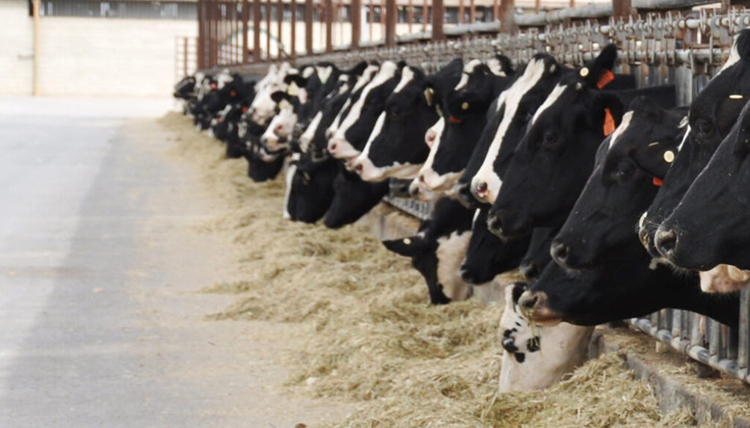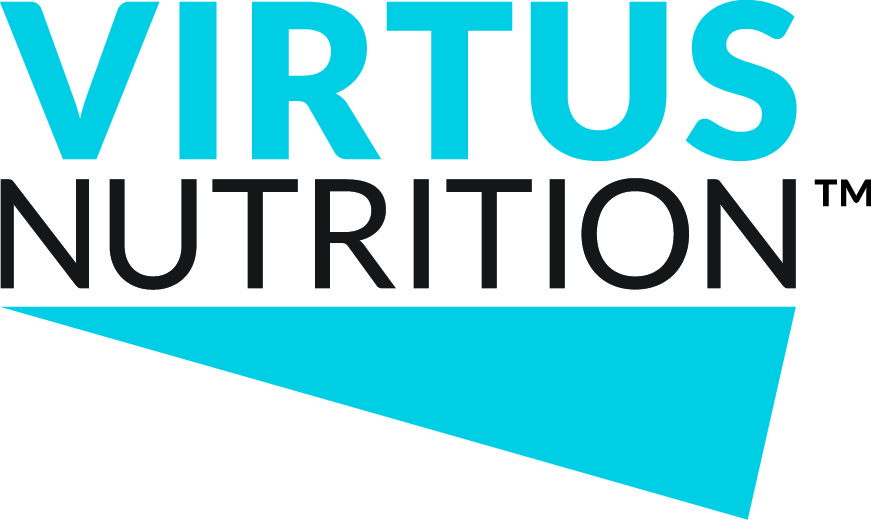
Everything from our own food to gas to tires is costing us more money, and the common feed ingredients used to feed farm animals is no exception. With the rapid rise in feed costs, producers and nutritionists are trying to figure out ways to control feed costs to optimize profit.
Over the past 2 months I have heard statements like, “I am reducing or removing supplemental fat from the diet,” or “I am removing all additives from the diet.” If you are hearing these types of statements, we should be asking two key questions:
1. Why was the additive(s) in the diet before but not required now?
2. If you are removing fat from the diet, what is your plan for replacing the energy or calories the fat was supplying?
Most additives are included in diets to meet a specific purpose. Unless the issue has been mitigated, removing it may lower performance. An example would be that a mycotoxin binder was included because of high mycotoxin loads in last year’s corn silage. If this year’s corn silage is still high in toxins, why would you remove it? But if the toxins are actually lower, removing the binders would be prudent. On the other hand, you included an additive to address ketosis because the dry cows were overcrowded. But now that they are not overcrowded, it could be removed without compromising performance. The bottom line is this: Scrutinize why the additive was included in the first place and determine if it is still required versus arbitrarily removing it simply to lower feed costs.
Replacing a pound of fat (any source) from a diet will leave a significant gap in the amount of energy supplied. A common practice is to replace bypass fat with cottonseed or roasted beans because they are significantly less per ton. To replace a pound of bypass fat would require roughly 5 pounds of cottonseed or roasted beans if using NRC fat values. If this switch is made, what will the extra 4 pounds of cottonseed replace . . . forage, protein, or starch? If the cottonseed is replacing forage and/or protein, will the change still be more cost effective or support the same level of performance?
We also need to keep in mind the amount or rumen unsaturated fat (RUFAL) we are supplying so we don’t negatively impact milk fat synthesis. If too many ingredients that are high in rumen unsaturated fat (RUFAL) are supplemented in the diet, such as cottonseed, roasted beans, and distiller grain, milk fat depression may rear its ugly head. This would be especially true in high corn silage-based diets. Another point is the variation in the commodities being fed. Recent work by Rock River Laboratory reported that in their analysis of multiple whole cottonseed samples, the fat content was only 12.11% while NRC states 19.3%. This difference in total dietary energy will be significant if feeding five pounds of cottonseed.
Instead of looking at price per ton of an ingredient, why not consider the cost per cwt. of milk? The Northeast blend price plus the Producer Price Differential (PPD) for 2021 and 2022 are listed in the table. The difference is an increase of $7.80 per cwt in 2022 over 2021. Yes, the price of bypass fats has increased as well, but on a cost per cwt. of milk, it is the same to slightly lower. So, is removing the fat just because it has increased in price may lower costs, but will it negatively impact profitability?

The take home message . . . don’t switch ingredients simply based on price per ton of the ingredients. Determine the true impact on dietary cost and the potential impact on performance both short and long term.



